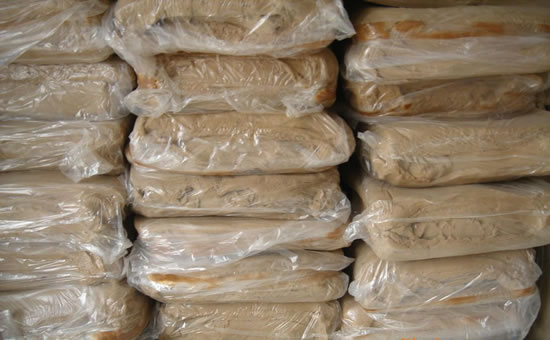
Sulfur vulcanization system can be divided into ordinary sulfur vulcanization system, semi effective vulcanization system and effective vulcanization system. In actual production, the sulfur vulcanization system of natural rubber usually needs to be combined with active agents such as zinc oxide and stearic acid. However, natural rubber vulcanized with sulfur is prone to vulcanization and reversion. Why? Will there be other problems when natural rubber is vulcanized with sulfur vulcanization system? How to reasonably design the formula of natural rubber sulfur vulcanization system?
1. Sulfur reversion resistance of different sulfur vulcanization systems
The so-called vulcanization reversion refers to the decrease of crosslinking density caused by thermal degradation of polysulfide crosslinking bond. When vulcanizing natural rubber with traditional ordinary sulfur vulcanization system, it is easy to vulcanize and return to the original. In order to avoid or reduce vulcanization, low temperature and long-time vulcanization can be used, or semi effective vulcanization system or effective vulcanization system can be selected to replace ordinary sulfur vulcanization system. It should be noted that although semi effective vulcanization system and effective vulcanization system can improve the vulcanization reversion resistance of rubber compound, they are not suitable for the production of thick products such as tires.
2. Vulcanization crosslinking bonds of vulcanizates with different vulcanization systems
In actual production, the internal vulcanization cross-linking bond of natural rubber vulcanized by ordinary sulfur vulcanization system is mainly polysulfide bond, the cross-linking bond generated by effective vulcanization system is mainly monosulfide bond, and the cross-linking bond generated by semi effective sulfur vulcanization system is polysulfide bond, monosulfide bond and disulfide bond. Due to different crosslinking structures, the physical properties of natural rubber vulcanizates are different. The natural rubber vulcanizates vulcanized with semi effective or effective vulcanization system have low strength and flexion flexibility, so they are not suitable for the production of tires and other products.
3. Coordination system for reducing the vulcanization return of natural rubber
The balanced vulcanization system composed of sulfur and bis (3-triethoxysilylpropyl) tetrasulfide (Si-69) can balance the bond breaking rate and re bonding rate of polysulfide cross-linking bond after positive vulcanization, keep the cross-linking density constant, and natural rubber can better avoid or reduce the occurrence of reversion. To reduce the vulcanization reversion of natural rubber, you can also choose to use an appropriate amount of anti vulcanization reversion agent in the formula.(7LYY262Y)
In actual production, the common sulfur reversion resistant agents for natural rubber sulfur vulcanization system include Si-69 / 7lyy262y, bismaleimide and so on. The crosslinking density of natural rubber vulcanizates can be in a momentum state, the heat resistance and fatigue resistance of vulcanizates can be better, and the heat generation performance of constant load compression can be improved. Later Xiaobian will continue to discuss with you about the design of natural rubber vulcanization system.
Exclusive original article [commercial authorization] reprint, excerpt and excerpt in any form are prohibited without written authorization. Focus on Hongyun rubber: learn the process formula and raw material technology of producing rubber products from recycled rubber to help you reduce costs and increase profits